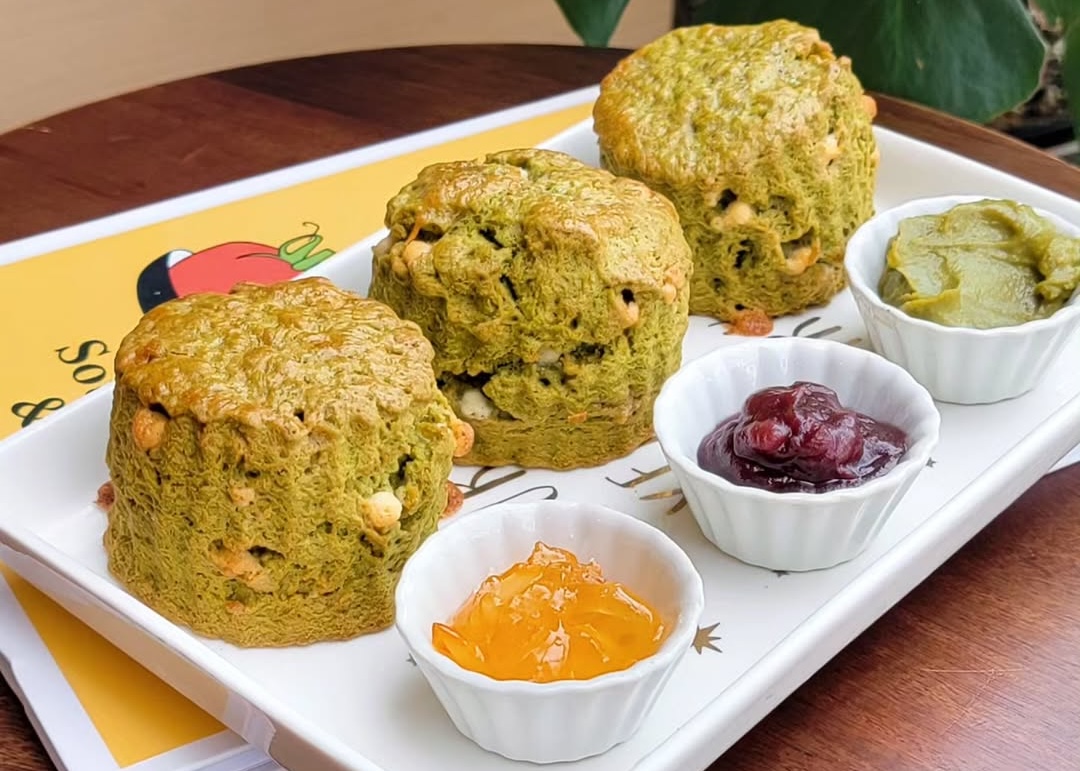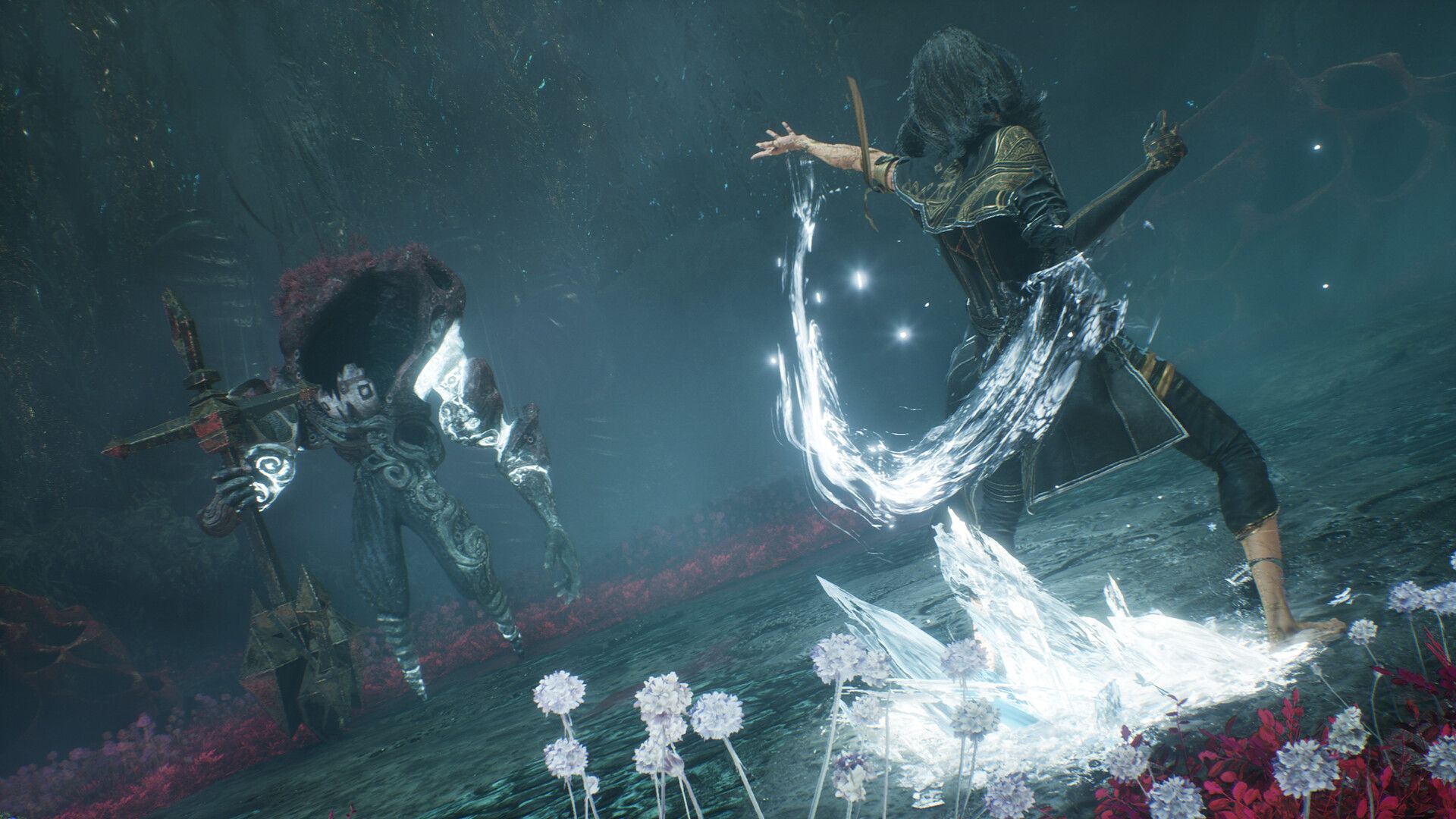Ship naturalist Janet Winbourne collecting specimens at Dolomite Narrows, an intertidal zone teeming with life.Scott Forsyth/Supplied
The announcement comes from the bridge of a sleek, 42-metre catamaran near the southernmost end of Haida Gwaii, about 100 kilometres off the northern coast of British Columbia.
“Puffins, puffins, puffins,” expedition leader Michael Jackson intones casually over the vessel’s intercom, triggering a small stampede of passengers to the outside decks to see and photograph Tufted Puffins, recognizable by their white faces, bright reddish beaks and aging rock star plumage.
Such moments are what travellers are looking for when they sign up for a trip to Haida Gwaii with Maple Leaf Adventures. Based in Victoria, Maple Leaf has been running small-ship expeditions off the B.C. and Alaska coasts since 1986 to destinations including the Gulf Islands, the Great Bear Rainforest and Desolation Sound.
I was on a week-long June excursion to Haida Gwaii on board the Cascadia. With a dozen cabins, a salon and a hot tub on the upper deck, the Cascadia is the largest and most comfortable of the three ships in the Maple Leaf fleet. It is an ideal craft to explore Haida Gwaii, which is brimming with inlets, coves and tidal pools that guests can explore on early morning paddles on inflatable kayaks.
In Quebec City, the baseball is good, the stadium is packed and the fans are here to party
Summer in this boutique B.C. heli-ski lodge
We toured Gwaii Haanas, which covers roughly the southern third of Haida Gwaii and comprises the Gwaii Haanas National Park Reserve, National Marine Conservation Area Reserve and Haida Heritage Site.
That terminology reflects decades of controversies and court battles over logging on Haida Gwaii. In 1985, Haida Nation members held a blockade to protest clearcutting on Lyell Island. That same year, the Council of the Haida Nation declared the land and seas around southern Moresby Island a Haida Heritage Site, setting the stage for what would become Gwaii Haanas.
Guests enjoying the hot tub on board the Cascadia, a 42-metre expedition catamaran.Scott Forsyth/Supplied
In 1993, the Government of Canada and the Council of the Haida Nation signed the Gwaii Haanas Agreement, which set up a joint management structure for Gwaii Haanas. Other agreements followed, including one this year between the federal government and the Haida Nation in which Canada recognizes Aboriginal title on Haida Gwaii. (The provincial government of B.C. made the same commitment in 2024.)
For visitors, those title agreements are not expected to bring significant immediate changes, but over time are expected to generate more interest and awareness of Haida culture and history – potentially drawing more visitors to a region where tourism is increasingly important.
Our tour included stops at five island village archeological sites. These sites are open to visitors and staffed by Haida Watchmen, who live on site from May to October and provide guided tours, historical context and, if you’re lucky, cookies served on an oceanfront deck as Rufous’s hummingbirds flit nearby. That was our experience at SGang Gwaay, a UNESCO World Heritage site where windworn poles maintain their long watch over the sea.
Haida watchman Reg Wesley (red jacket) at Windy Bay, sharing cultural knowledge through art, songs and stories.Scott Forsyth/Supplied
At Windy Bay – Hlk’yah GawGa in the Haida language – watchman Gordie Ross, 85, spoke to visitors in front of the legacy pole, erected in 2013 for the 20th anniversary of the landmark Gwaii Haanas Agreement.
Ross points out images including a sculpin (a fish), a grizzly bear and five good people standing together, a motif meant to honour those who held the line at logging blockades.
Each cultural site is different. There are no crowds. Visitors must radio ahead and groups are limited to no more than 12 people at a time. Clam shells line paths around remnants of poles and longhouses that provide a glimpse into a way of life that thrived for centuries before the fur trade, smallpox, residential schools and the Indian Act sundered communities and cultural traditions that are still being rebuilt.
Connections are everywhere here – between land and water; clans and families; past and present. On board the Cascadia, Haida elder Linda Tollas, whose Haida name is Gaajiiaawa, answers endless questions about issues ranging from repatriation of artifacts – a continuing process – to Indigenous foods, such as herring roe on kelp, a briny treat created when herring lay their eggs on seaweed.
Steller sea lions near Garcin Rocks near the southern tip of Haida Gwaii.Scott Forsyth/Supplied
Our group comprises 20 guests, split almost equally between Canadians and Americans, all of whom are deeply apologetic about the state of affairs between our two countries.
Passengers include botanists and archaeologists and nearly everyone on board has some degree of birding expertise. Several are repeat customers.
Retired San Diego couple Ted Fritz and JoAnn Prutz are on their fourth Maple Leaf expedition. When asked why they keep coming back, Fritz says: “The attention to the environment, the interaction with Indigenous people. The crew is just fantastic. And with a smaller ship, you are seeing and doing things that you would never see on a bigger ship.”
Our sailing was blessed with blue skies and relatively calm seas, though there were a few days when the northwesterlies kicked up swells that tested crew members’ skill in getting guests onto smaller ships and to shore without anyone getting a rubber boot awash in seawater.
Days are painlessly educational.
The Cascadia at anchor in Thurston Harbour on Talunkwan Island.Scott Forsyth/Supplied
Ship naturalist Janet Winbourne keeps a running tally of birds, mammals, plants and other creatures, updating the list each day with entries such as fried egg jellyfish, Rhinoceros Auklet and Western Giant Puffball, a soccer-ball sized mushroom that stops us in our tracks on our way to the pools at Hotspring Island.
It’s hands-on learning: During a stop at Dolomite Narrows, Winbourne dons a wetsuit to collect species from the ocean that we pass around in rubber tubs, cooing over a festooned decorator crab – so named because they attach algae and other material to their shells for camouflage – and the delicate symmetry of the opalescent nudibranch, a type of sea slug.
Gaajiiaawa reminds us of connections, between the sites we visit and environmental campaigns of the past, and between the land, sea and people.
One afternoon, she showed me a photograph of a young woman in Athlii Gwaii: Upholding Haida Law on Lyell Island, one of the books in Cascadia’s extensive library. It’s Roberta Olson, the elegant proprietor of Keenawaii’s Kitchen, who had hosted us in her Skidegate home on our first evening in Haida Gwaii, serving appetizers plated on rock scallop shells.
The Gwaii Haanas Legacy Pole at Hlk’yah GawGa (Windy Bay) on Lyell Island was erected in 2013. It marks the 20th anniversary of the co-management agreement between the Haida Nation and the Government of Canada.Scott Forsyth/Supplied
The connections continue at the dining table, where ship chef Mara Jernigan turns out meal after meal of fresh, colourful food, incorporating greens and herbs from her garden and, one day, sea asparagus we’d gathered at Ikeda Cove on yet another rubber-booted outing. Wines served were from B.C., from producers including Blue Mountain, Nk’Mip and Black Sage.
All around us, there were the forests: Redolent of cedar, blanketed in otherworldly layers of moss, alive with birdsong. Saved from clear-cutting for generations to come.
One afternoon, Gaajiiaawa brings out strips of red and yellow cedar to explain how cedar is used by the Haida for poles, canoes, homes and even fishing nets.
Ignoring that we’re all thumbs, she provides water-soaked strips of cedar and announces that we’re going to make bracelets. The smell of cedar surrounds us as the ship rocks gently beneath the shadows of passing seabirds. Clumsily, we twist the dampened strands, laughing hard enough to fall off our chairs.
Gaajiiaawa salvages our botched attempts and ties off the ends, and then we tie the fragrant bracelets around the wrists of our new friends.
Cascadia passengers get their arms around a giant Sitka spruce on Lyell Island, estimated to be between 800 and 900 years oldScott Forsyth/Supplied
We are adults, playing like children, in a landscape where past and present meet and custodians greet us like friends, explaining the past and charting a course for the future.
Hawaa. It’s the first Haida word I learn, and by the end of the week I am saying it repeatedly.
It means thank you.
If you go
Maple Leaf Adventures’ Cascadia sails into Haida Gwaii eight times a season, with departures in May, June and July. Eight-day sailings start from $12,995, per person, double occupancy. The ship typically departs from Skidegate, following a land day that begins in Masset and includes stops at cultural sites and local businesses. Air transport between Vancouver and Haida Gwaii is included, as well as all meals, transfers and activities.
The writer was a guest of Maple Leaf Adventures. It did not review or approve the story before publication.












![13th Aug: Songs From the Hole (2025), 1hr 37m [TV-MA] (6/10)](https://occ-0-1081-999.1.nflxso.net/dnm/api/v6/Qs00mKCpRvrkl3HZAN5KwEL1kpE/AAAABSHDSP7yZLldkdKeSkJkG5g9EFZ-DPWJIct3ejYkO6flkfO2j-UWiplSfnNzjj2IhIqeYFrTMjFN0uwJ9Mch-rzIsXrhLs3r3wvXaIpLOrrZp1_EfGusyFeqVVmsNdcYhDNv_JWLSMOf4UBvXBzG8XQfrXJL3qnlwXzOenjH-egC1F8TFls8Bq96RKYoQ32RO3dL8KHs_g.jpg?r=898)

